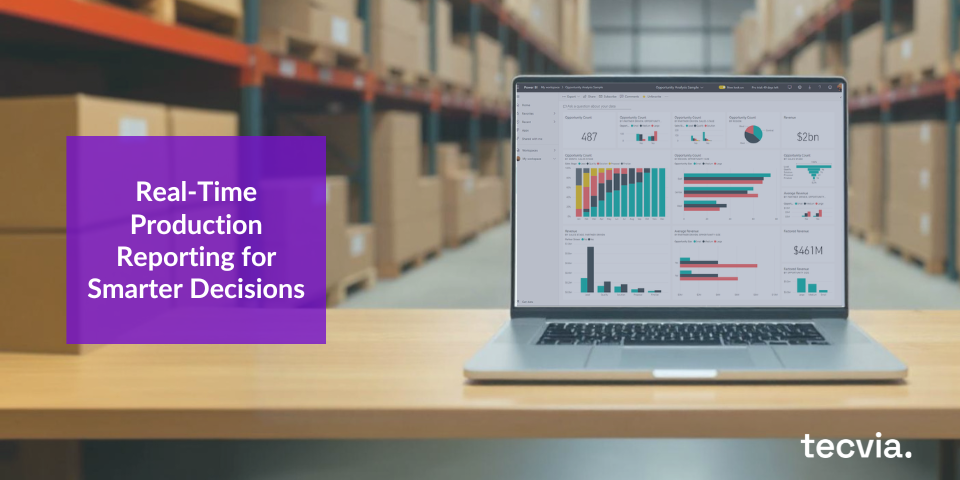As businesses grow, so do their needs. What once served you well may no longer be enough to keep pace with increased complexity, expanded operations, and rising customer expectations. If you’re currently using Xero Accounting software, you might be wondering whether now is the right time to consider moving to an ERP (Enterprise Resource Planning) system.
Xero is an excellent cloud-based accounting solution tailored for small businesses and startups. It’s intuitive, cost-effective, and ideal for organisations that require simple bookkeeping and financial reporting. But once your business reaches a certain size or level of complexity, you may begin to feel the strain. When you often rely on manual workarounds, it may be a sign that your systems are holding you back. It’s time to consider whether Xero is still helpful for your organisation.
The Strength of Xero – and Where It Stops
Xero provides a solid foundation for managing:
- Invoicing and billing
- Bank reconciliation
- Payroll (in certain countries)
- Expense tracking
- Basic inventory
- Financial reports
However, Xero’s main job is accounting. It is not designed to manage all aspects of a growing, complex business. As your business grows, the limitations of Xero often become clear.
Common Signs You’ve Outgrown Xero
Here are some signs that it may be time to upgrade from Xero to an ERP system:
1. Increased Operational Complexity
If your business has expanded to include several departments, locations, or legal entities, managing everything in Xero becomes difficult. ERP systems offer multi-entity support, centralised data management, and the ability to coordinate workflows across functions like finance, HR, operations, and supply chain, all within a single platform.
2. Manual Processes and Spreadsheets
When your team starts using spreadsheets to supplement Xero’s limitations, that’s a red flag. Whether it’s managing stock levels, consolidating financial data, or forecasting cash flow, manual work introduces risk and slows down operations. An ERP system automates and streamlines these tasks.
3. Lack of Real-Time Insight Across the Business
Xero’s reporting tools are helpful, but they often don’t go far enough for larger businesses. Decision-makers need to see everything happening in the business right away. This includes inventory, production, customer orders, and financial health. ERP systems provide dashboards, custom reports, and predictive analytics to facilitate faster, data-driven decision-making.
4. Struggles with Inventory and Supply Chain Management
If you manage complex inventory, fulfil orders across multiple warehouses, or rely on just-in-time stock strategies, Xero may fall short. While it offers basic inventory tracking, it’s not designed for advanced needs. ERP systems provide tools such as real-time inventory visibility, automated procurement, supplier management, and demand planning.
5. Multi-Currency and Global Operations
Doing business internationally? Managing multiple currencies, tax jurisdictions, and compliance rules can quickly become difficult in Xero. ERP systems are made for global operations. They help you manage foreign exchange, local taxes, and financial reporting easily.
Benefits of Moving to ERP
Upgrading to ERP is not just about solving the limitations of your current system; it’s about unlocking new potential.
1. One Source of Truth
An ERP system integrates all your key business functions into one platform. Eliminating data silos, reducing duplication, and ensuring that everyone across the organisation is working from the same, up-to-date information.
2. Automation of Repetitive Tasks
From invoicing and payroll to order processing and financial close, ERPs automate routine processes. This saves time, reduces errors, and frees up your team to focus on higher-value work.
3. Scalability and Flexibility
Whether you’re opening a new location, launching a new product line, or entering a new market, ERP platforms are built to scale with your business. They support your future growth rather than hindering it.
4. Enhanced Compliance and Security
ERP systems are equipped with advanced audit trails, role-based permissions, and data encryption to help you meet regulatory and security requirements.
5. Improved Customer Experience
By streamlining operations and providing staff with access to real-time customer and inventory data, ERP systems enable faster service, improved communication, and enhanced fulfilment, all of which benefit your customers.
When Is the Right Time to Make the Move?
There’s no single answer, but here are some good indicators:
- You’ve hit the limits of Xero’s features and are constantly relying on external tools or spreadsheets.
- Your finance team spends more time fixing data errors than analysing data.
- You can’t get a complete picture of your operations without logging into several different systems.
- Reporting is slow, manual, and prone to errors.
- You’re planning a significant expansion, such as a merger, acquisition, or international growth.
If several of these sound familiar, it may be time to seriously explore ERP solutions.
What Are Your ERP Options?
There are numerous ERP platforms available, each with its unique strengths. The best choice depends on your industry, size, budget, and long-term goals. It’s advisable to engage with a consultant or partner who can help you assess your needs and guide the implementation process.
How to Prepare for the Transition
Switching from Xero to an ERP system is a significant step, but with proper planning, it can be a smooth and rewarding process. Key steps include:
- Define your objectives: What do you need that Xero can’t provide?
- Audit your existing processes: Identify bottlenecks, inefficiencies, and manual workarounds.
- Engage stakeholders: Bring leadership, finance, IT, and operations into the conversation.
- Choose the right partner: A trusted ERP implementation partner can help tailor the system to your unique needs.
- Plan for change management: Ensure your team is trained and supported throughout the transition.
Final Thoughts
Xero is a fantastic solution – until it isn’t! It’s important to recognise when your business has outgrown its tools. Moving to an ERP system is not just a technical upgrade; it’s a strategic investment in your future growth, efficiency, and competitiveness.
If you’re feeling the friction, constantly patching gaps with spreadsheets and add-ons, or lacking visibility into your operations, now may be the time to explore ERP solutions.
Growth should be supported, not slowed down, by your software.


